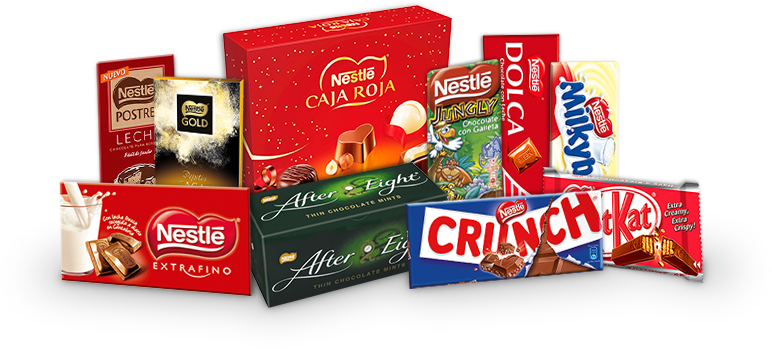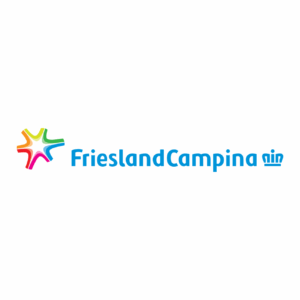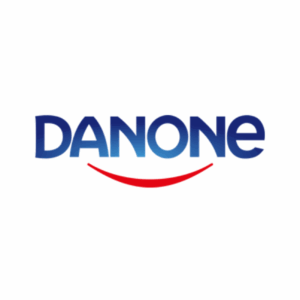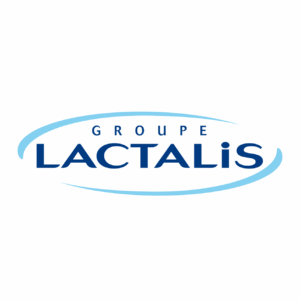Introduction to Nestlé
Nestlé, the world’s largest food and beverage company, has a rich 150-year history. Founded in 1866 by Swiss pharmacist Henri Nestlé, the company has grown to become a global powerhouse, employing around 328,000 people across more than 190 countries.
From its origins as a producer of infant cereal, Nestlé has evolved into a diversified multinational, offering iconic brands like Nespresso, KitKat, Nescafé, and Purina. The company’s success is built on its unwavering commitment to innovation, quality, and operational excellence, driven by continuous investment in research and development.
As Nestlé continues to adapt to changing markets, its legacy of global leadership remains at the core of its strategy. Importantly, the company has also placed a strong emphasis on sustainability, setting ambitious goals to address critical challenges like climate change and water scarcity. Nestlé’s focus on responsible and environmentally-conscious operations is part of its broader commitment to creating shared value for stakeholders and communities.
With a deep understanding of consumer needs and a relentless pursuit of excellence, Nestlé is poised to maintain its position as a global leader in the food and beverage industry.
Good Food, Good Life

Criteria
Carbon footprint, High
Nestlé actively addresses its carbon footprint by publishing the Net Zero Roadmap in 2020, aiming to achieve significant reductions in greenhouse gas emissions across all three scopes of its activities.
The company collaborates with partners to scale up regenerative farming practices, demonstrating a strong commitment to mitigating climate change. Despite challenges, Nestlé has seen a 0.4% decrease in GHG emissions in 2021, indicating progress towards its net-zero emissions goal by 2050.
Ecological impact, Medium
Nestlé demonstrates a commitment to reducing its ecological impact through initiatives like the Nestlé Cocoa Plan.
By mapping cocoa farms and distributing forest trees, the company contributes to environmental restoration and promotes sustainable farming practices, particularly in cocoa-producing regions like Côte d’Ivoire and Ghana.
Energy consumption, High
According to Nestlé’s sustainability commitments, it aims to source 100% renewable electricity across all its sites globally by 2025, indicating a significant effort to reduce reliance on non-renewable energy sources.
Freight Density, Medium
Nestlé has made significant efforts to optimize the freight density of its transportation operations. The company has developed a new rail container design that allows for double-stacking of pallets, enabling them to transport up to twice the amount of product per container.
Recycling rates, Medium
Nestlé aims to make 100% of its packaging recyclable or reusable by 2025, demonstrating a commitment to improving recycling rates. The company invests in initiatives to promote recycling and circular economy principles, contributing to waste reduction efforts and environmental sustainability.
Saving Levels, Medium
Nestlé has implemented initiatives to reduce food loss and waste across its value chain, including working with farmers to minimize pre-harvest losses and post-harvest waste. The company has also developed creative solutions like doughs that can be filled with leftover food.
Specific Product Monitoring, High
One concrete example is Nestlé’s use of satellite-based technology to monitor its palm oil supply chain. In 2018, Nestlé became the first food company worldwide to implement the Starling satellite service to monitor 100% of its palm oil supply.
This system provides unbiased, year-round monitoring of land cover changes and forest disturbances, allowing Nestlé to verify that no deforestation is taking place across its palm oil supply chain.
Nestlé plans to extend this satellite monitoring approach to its pulp, paper, and soy supply chains in the future. By leveraging this advanced technology, the company aims to enhance transparency and accountability in its sourcing practices, in line with its commitment to achieve zero deforestation by 2020.
Supply Chain Waste, No information
We couldn’t find reliable information about this topic.
Sustainability Scorecards, High
According to the search results, Nestlé has developed an internal “Scorecard” to track its progress on key sustainability metrics and initiatives.
This Scorecard is designed with a continuous improvement approach, focusing on areas such as regenerative agriculture, greenhouse gas emissions reduction, water management, and sustainable sourcing.
Water Management, High
As a global food and beverage leader, Nestlé is committed to responsible water management. The company aims to help nature retain more water than its business uses by 2025, investing over €109 million in conservation and replenishment projects. Nestlé’s initiatives include reforestation, supporting water-efficient farming, and improving access to clean water in local communities.
The company is also working to ensure transparency, with a commitment to have all sites certified by the Alliance for Water Stewardship.
Recognizing the need for collective action, Nestlé is collaborating with partners to foster a regenerative approach to water cycles. This comprehensive strategy positions the company as a leader in addressing the global water crisis.
Conclusion
In summary, Nestlé is a leading global company in the food and beverage industry. It’s committed to sustainability, tackling issues like climate change and water scarcity.
Through initiatives like reducing carbon emissions and promoting recycling, Nestlé shows its dedication to the environment.
With transparency and collaboration, Nestlé is setting new standards for the industry while ensuring a better future for all.
Related to other brands
Number of criteria met by each brand:
- Tony’s Chocolonely 4.75/5.00
- Ferrero 4.00/5.00
- Nestlé 3.50/5.00
- Godiva 3.25/5.00
ESCP Business School Team
Research developed by five curious international ESCP Business School students who have worked together to successfully complete their consulting project. They analysed four brands in four different categories -20 brands: sneakers, pod coffee, jeans, makeup, and chocolate, according to 10 environmental criteria.
- Amélie Zeck – Sneaker industry analyst
- Manon Droisier – Jeans industry analyst
- Giorgia Casale – Makeup industry analyst
- Amélie Mahon – Chocolate industry analyst
- Capucine Coselli-Vassoille – Pod coffee industry analyst
Sources
- https://www.supplychaindive.com/news/godiva-labor-rights-sustainability-cocoa-supply-chain/575821/
- https://www.nestle.com/sustainability/climate-change/zero-environmental-impact
- https://www.globaldata.com/data-insights/consumer/nestle-greenhouse-gas-emissions-2091488/
- https://www.just-food.com/news/nestle-to-walk-away-from-carbon-neutral-claims/
- https://www.just-food.com/news/nestle-to-walk-away-from-carbon-neutral-claims/
- https://www.spglobal.com/marketintelligence/en/news-insights/latest-news-headlines/cost-of-environmental- damage-linked-to-nestl-233-danone-and-mondelez-rises-sharply-56387844
- https://www.statista.com/statistics/808812/nestle-energy-consumption-worldwide/#:~:text=Nestle%20consu med%20approximately%2080.1%20petajoules,achieve%20net%20zero%20by%202050.
- https://www.nestle.com/media/pressreleases/allpressreleases/full-year-results-2023





0 Comments